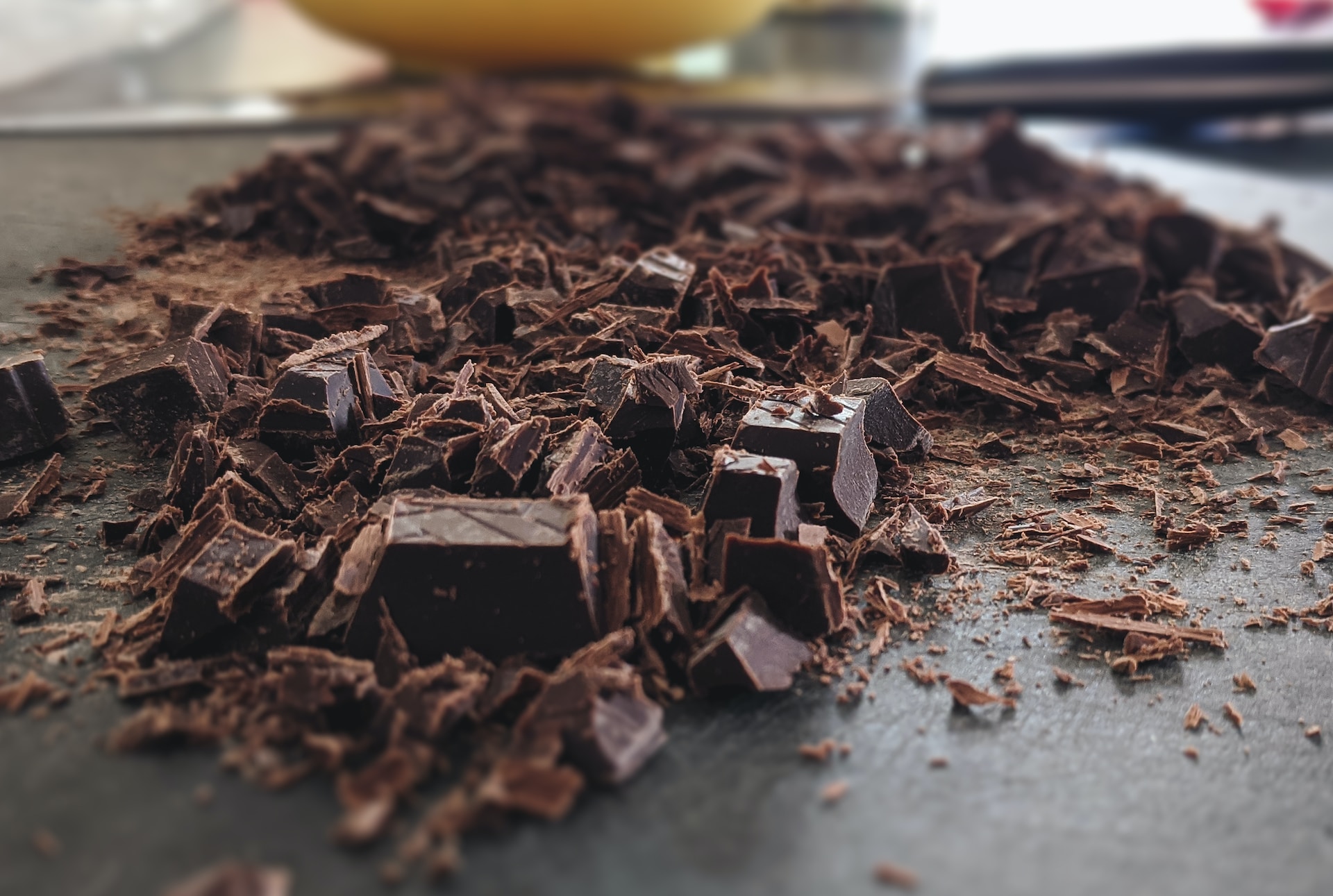Expanding on Ancient Traditions: Maya Chocolate Rituals

The Maya’s use of chocolate wasn’t just for consumption; it was deeply ceremonial. In ancient Cozumel, chocolate was used in marriage ceremonies, where couples exchanged cacao beans to signify their union. It was also a part of royal and religious ceremonies, often combined with spices like chili and vanilla, embodying a spiritual significance that connected them with the divine.
Chocolate in Daily Life: A Maya Staple
For the Maya, chocolate wasn’t just for the elite or special occasions. It was a part of daily life, consumed regularly by people of all classes. This daily consumption highlighted its integral role in the social fabric of Cozumel’s ancient inhabitants.
The Aztec and European Palate: The Evolution of Taste
When the Spanish colonizers brought chocolate back to Europe, it transformed. Initially mixed with honey or cane sugar to reduce its natural bitterness, European chocolate gradually became sweeter. This new taste profile was very different from the spicy, frothy drink favored by the Maya and Aztecs, illustrating a cultural adaptation of a traditional product.
Cozumel’s Chocolate Economy: From Local to Global
In the 17th and 18th centuries, as chocolate’s popularity soared in Europe, Cozumel’s role in the chocolate trade grew. The island became a pivotal point in the transatlantic chocolate economy, linking the New World’s cacao production with the Old World’s increasing appetite for chocolate.
Chocolate and Colonial Society: A Symbol of Status
In colonial Cozumel, chocolate became a symbol of wealth and status. The elite often consumed chocolate in European-style salons, signifying their social standing. They introduced new chocolate recipes, incorporating European ingredients and serving styles during this period.
Revolution and Change: The 19th and 20th Centuries
During Mexico’s turbulent 19th and 20th centuries, including the Caste War of Yucatan and the Mexican Revolution, the production and trade of chocolate in Cozumel faced challenges. However, these periods also led to a democratization of chocolate, making it more accessible to the broader population.
Tourism and Chocolate: A Sweet Attraction
With the advent of tourism, Cozumel’s chocolate traditions found new admirers. Tourists are not just buying chocolate as souvenirs but are eager to learn about its history and production. This has led to the rise of chocolate tours and workshops on the island, offering immersive experiences that combine tasting with education.
Contemporary Chocolate Makers: Blending Old and New
Today, Cozumel’s chocolatiers are experimenting with both ancient and modern techniques. They’re creating new flavors while respecting traditional methods. This includes artisanal chocolate, focusing on small-batch production and high-quality, locally sourced ingredients.
Sustainability and Chocolate: Looking to the Future
The current emphasis on sustainability in chocolate production is a significant shift in Cozumel’s chocolate narrative. This includes efforts to maintain biodiversity in cacao cultivation and ensure fair compensation for local cacao farmers, reflecting a modern approach to an ancient tradition.
The story of chocolate on Cozumel Island is a rich tapestry that weaves together history, culture, economy, and social change. It reflects the island’s evolution from a sacred Mayan ritual to a global culinary delight. This journey of chocolate is not just about a product; it’s about the people, traditions, and transformations that have shaped Cozumel’s unique chocolate legacy.
